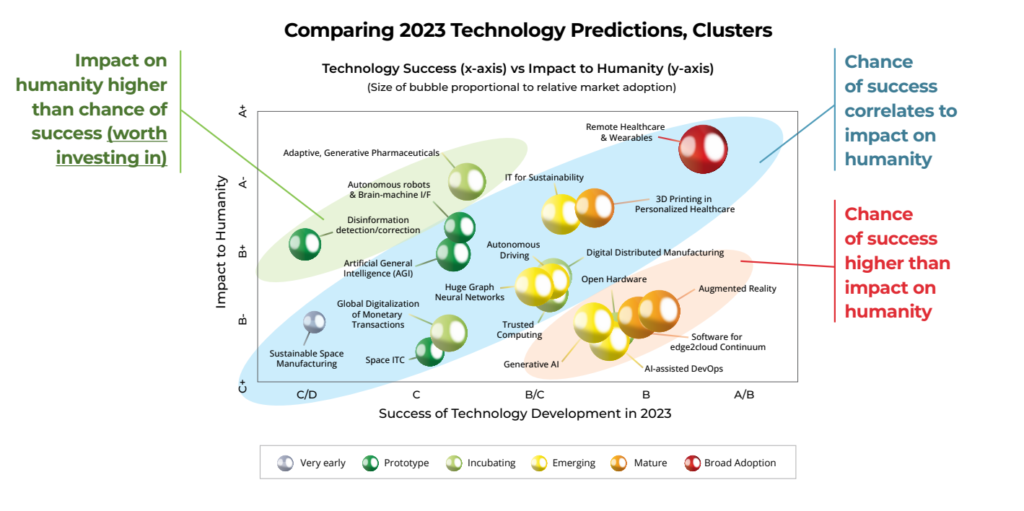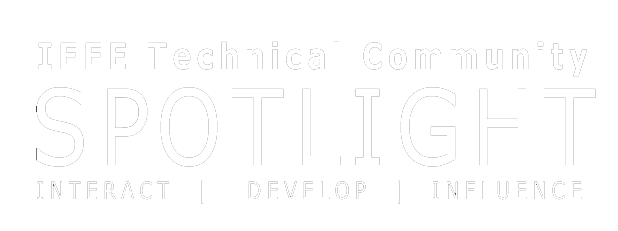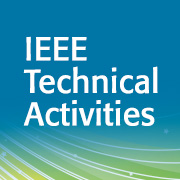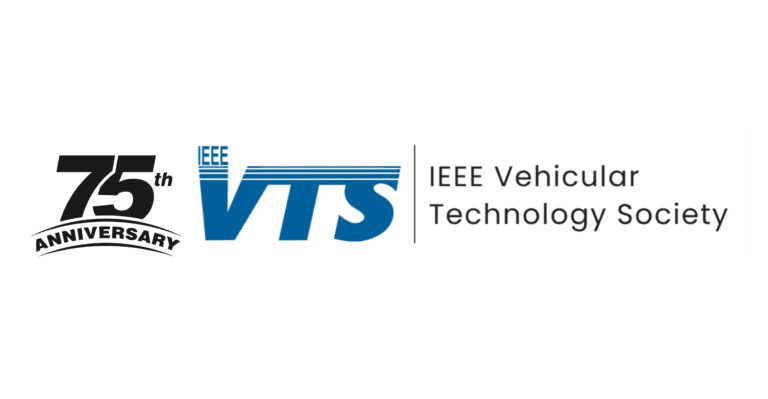Thirty-five technologists from around the globe came together as part of an ongoing effort to develop the IEEE Computer Society’s Technology Predictions Report for 2023. In Q4 2022, these technology experts met to come up with the 19 trends most critical to engineering today [see endbar.]
The report not only produced this list, but also delivers a comprehensive analysis of each technology’s predicted success, the potential impact on humanity, predicted maturity, and predicted market adoption, and includes horizons for commercial adoption opportunities for academia, governments, professional organizations, and industry.
2023 Report Objectives
An annual work effort, the group does not make predictions for fortune’s sake, but rather, the work aligns with the goal of encouraging deeper community engagement around the topics which have broad backing; strong, diverse, research interests; and the potential to provide maximum societal benefits.
“Our goal with this year’s report was to align with IEEE’s mission of advancing technology for the benefit of humanity,” said Dejan Milojicic, former IEEE CS president (2014) and current Distinguished Technologist at Hewlett Packard Labs. “These predictions not only look to developments with individual technologies but also consider their impact on the world.”
A Methodical Approach
In preparing the report, IEEE experts developed a comprehensive list of highly cited research initiatives and technology topics. The report committee then evaluated each of those technology areas through the lens of the following criteria:
– Predicted technology success in 2023
– Potential for impact on humanity
– Predicted maturity in 2023
– Predicted market adoption in 2023
Over the course of a month, the team took systematic, iterative steps and reviewed a long list of technologies in consideration. Through dialogue and collaboration, the committee ultimately evolved the list by removing, merging and refining, and finally confirming the remaining technologies.
Members then evaluated each technology left on their list by grading them (A-F) on the above-referenced specifications, ultimately culminating in a comprehensive grade that secured their ranking on the list. The intent was to present the impact on humanity as a function of technological advancement, also qualifying those by relative maturity, market adoption, and positioning in time-to-adoption [see graphic].

“So often industry predictions are predicated on market spend, dynamics, and product developments, and while that is accurate, it doesn’t always capture the wider lens of potential,” remarked Milojicic. “We really strove to balance near-term implications with a broad array of possibilities to support the research community and funding agencies in identifying areas of potential this year and into the future.”
Predictions in Action
In fact, the group hoped that this methodical approach would help industry corporations and governments in prioritizing investments and academia and professional organizations in focusing annual efforts.
“The report does not stop at the predictions themselves, but it goes on to make recommendations for diverse organizations in our fields, including industry, academia, governments, and professional organizations, such as IEEE,” summed up Milojicic.
These predictions have already been backed up by analyst assessments. For example, the week following the initial release of these predictions, Research and Markets issued a report that indicated the global health and fitness tracker market will reach $10.5 billion in five years, and emphasized a burgeoning migration of medical device technology into general health, fitness, and well-being solutions. Reports of the remote healthcare and wearables space have continued to emerge over the past month, reiterating their importance in the global economy and supporting the predictions.
“IEEE offers unique perspectives that have elements of what market analysts firms do, as well as technology consulting firms,” said Nita Patel, 2023 IEEE CS president. “What differentiates us is tying the technology benefits to the benefit of humanity and engaging a diverse, representative group of scientists and engineers in culling the landscape to pinpoint the most impactful and evolving areas of our disciplines.”
Contributors
The team of technology experts contributing to these predictions represents a mix of IEEE volunteer leaders (TAB VP, IEEE president elect, IEEE CS president, FDC chair, and others) and technology executives across industry, academia, and governments (fellows, VPs, CTOs, professors, technical managers, and more). Specifically, this year’s report contributors included: Ali Abedi, Mohamed Amin, Rosa M Badia, Mary Baker, Greg Byrd, Mercy Chelangat, Tom Coughlin, Jayakrishnan Divakaran, Paolo Faraboschi, Nicola Ferrier, Eitan Frachtenberg, Ada Gavrilovska, Alfredo Goldman, Francesca, Iacopi, Vincent Kaabunga, Hironori Kasahara, Witold Kinsner, Danny Lange, Phil Laplante, Katherine Mansfield, Avi Mendelson, Cecilia Metra, Dejan Milojicic, Puneet Mishra, Chris Miyachi, Khaled Mokhtar, Bob Parro, Nita Patel, Alexandra Posoldova, Marina Ruggieri, Roberto Saracco, Tomy Sebastian, Saurabh Sinha, Michelle Tubb, John Verboncoeur, and Irene Pazos Viana.
What’s Next
Throughout the course of the year, technology prediction team members will be monitoring progress in the predicted technology areas, and at the close of 2023, they will evaluate how their predictions measure up. Check back in December 2023 to access the official scorecard for this year’s forecast.
“We don’t just want to throw our ideas out there and then let them float on the wind,” explained Milojicic. “We will hold ourselves accountable and will evaluate how accurate our predictions are at the end of the year and make that information available to the community. Each year, we refine our process, strengthening how we approach this important job, and a review of our work makes that possible.”
He continued, “This work is designed to be a vehicle to inspire the engineering community in new ways and spark new ideas. It’s a privilege to be a contributor, and I’m honored to be a part of this effort.”
For more information or to download the 2023 Predictions Report, visit the IEEE Computer Society’s website.
Endbar:
Top Technology Trends to Reach Adoption in 2023
Ranked to present each advancement’s potential impact on humanity as a function of technological advancement, qualified by relative maturity, market adoption, and positioning in time-to-adoption, following are the top trends of 2023:
- Remote Healthcare & Wearables
- Augmented Reality
- Software for the Edge2Cloud Continuum
- Open Hardware
- AI-Assisted DevOps
- 3D Printing in Personalized Healthcare
- Generative AI
- IT for Sustainability
- Autonomous Driving
- Digital Distributed Manufacturing
- Trusted Computing
- Huge Graph Neural Networks
- Adaptive, Generative Pharmaceuticals
- Autonomous Robots & Brain-Machine I/F
- Artificial General Intelligence (AGI)
- Global Digitalization of Monetary Transactions
- Space ITC
- Sustainable Space Manufacturing
- Disinformation Detection/Correction






5 Responses
Your excellent graphic is unfortunately almost unreadable. Cannot believe you would publish something with such a obvious and easily corrected flaw. Very disappointing!!!
We have updated the image so you should be able to see it better. You may need to zoom in but the image is clearer. Thank you for the comment!
You can download the image and then you can zoom in.
Interesting chart. Too bad it is too small to read.
We have updated the image so you should be able to see it better. You may need to zoom in but the image is clearer. Thank you for the comment!